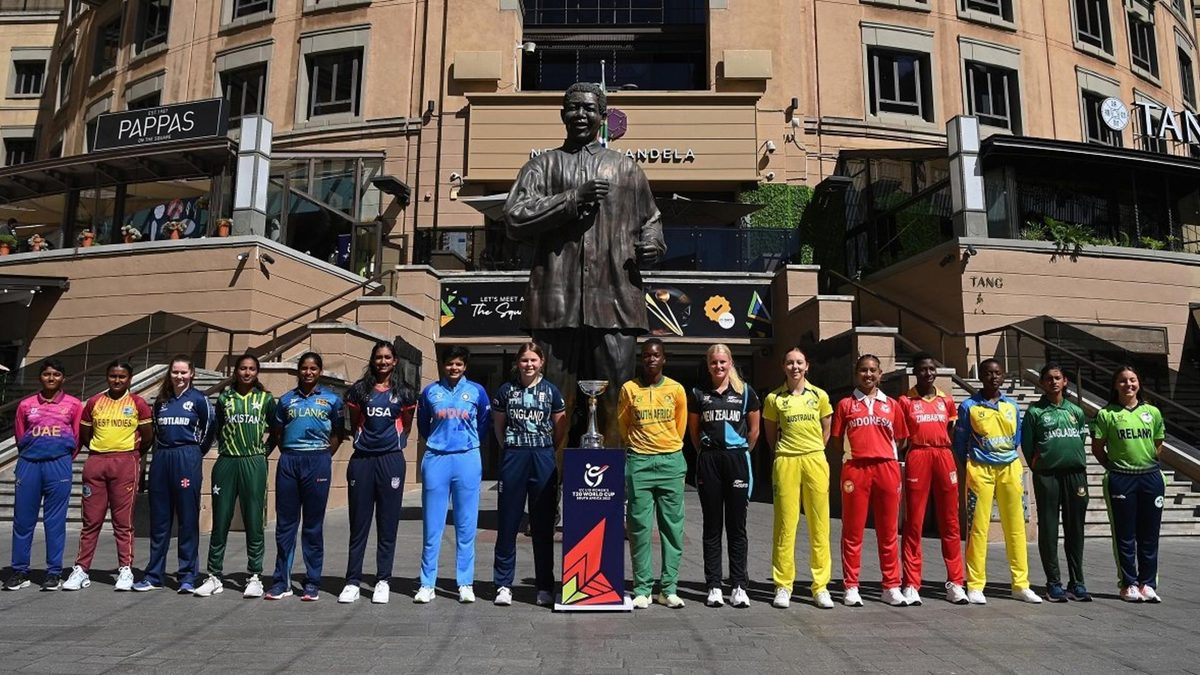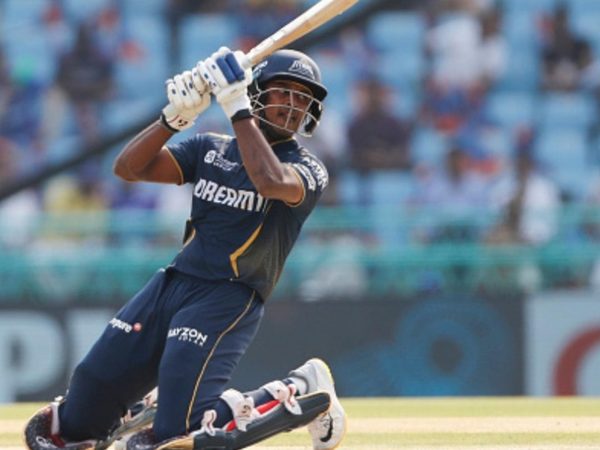
Money is a tool, not a goal, as my avuncular financial advisor is wont to say. Except, cricket’s governing bodies seem to have misread that memo.
The ICC board is set to meet in July to ratify a new financial model for the 2024-27 cycle. Reports of the proposal suggest that focus remains on claiming the biggest slice of the cake, rather than throwing a party and inviting everybody.
According to a report in ESPNcricinfo this month, as per this proposed new revenue distribution model, the BCCI are set to take home 38.5 percent of the ICC’s projected earnings in the period. England and Australia get the next largest share, at 6.89 and 6.25 percent respectively.
In all, the 12 Full Members take 88.81 percent of the earnings, while the Associate Members have 11.19 percent to be divided among them.
This calculation reportedly takes into account membership status, cricket history, performances in ICC tournaments and commercial heft.
The last of these is what tips the scales so drastically in BCCI’s favour, as they benefit from the fact that Indian audiences, the Indian market, Indian sponsors, Indian broadcasters and Indian investors are the ones bringing in the most money and demand for the sport.
In essence, money is being rewarded with more money.
As far as justifications go this one might appear reasonable. But, when wealth is concentrated, the wider aim of growing the game in new territories is compromised. Hence the debates, and the hand-wringing, about what this means for the game of cricket over the next few years.
Here’s some more hand-wringing: Where does the women’s game fit into this brave new rich world?
Reading between the lines, it feels like it doesn’t.
The new financial model reinforces several recent themes in world cricket: India is the power centre; bilateral cricket is struggling; franchise cricket is gaining in influence; the calendar is unevenly busy; Associates can’t afford to hold on to their players.
But, these are the established themes in men’s cricket.
For instance, one of the points reportedly under discussion is a $100 million emergency fund. But what constitutes an emergency in men’s cricket (and definitely Full Member men’s cricket) is different to an emergency in women’s cricket right now. And if it is used, as some speculate, to subsidise Test cricket, will it be used to subsidise women’s Test cricket too?
Women’s cricket, still in its nascent stage, is scripting its own path of growth. It can, with planning and investment, avoid many of the missteps the men’s game made.
Only, for this, it needs to be governed by those that put the interests of the women’s game first. While the ICC has put the growth of women’s cricket as one of its “strategic priorities”, this model doesn’t suggest any such prioritising.
Details are still scant, but from the information that is public, the women did find a mention in this model: Performances in women’s ICC events over the last 16 years are among those that count towards a country’s share.
The unfortunate wording of this rather perfunctory mention raises more questions. Are performances outside of knockouts not to be rewarded? Thailand’s women’s team have driven their success, breaking through into a World Cup even when they are so often trapped in a spiral of Catch-22 rules. They have frequently challenged teams with more ‘history’ – shouldn’t that count towards their finances and status? Thailand have invested in their women, but in this case, it would appear money does not beget more.
And on the other end of the spectrum, should not the complete lack of performances be penalised? Afghanistan continue to be a Full Member despite not having a women’s team. And rather than penalise them for it, their share of funds is bewilderingly set to increase.
The criteria, while allowing for an amorphous ‘status’ and ‘history’ to decide distribution of funds, also fails to acknowledge that sport, especially women’s sport, can never fully be disentangled from social impact in several nations and communities.
The value of women playing cricket in the subcontinent, sexual minorities taking up the sport across the world, having the mothers in Zimbabwe or Papua New Guinea or Vanuatu using cricket to change their families’ lives, introducing sport to young women in orphanages and disadvantaged communities in Brazil doesn’t lend itself to a convenient formula.
This doesn’t mean that women’s cricket should be looked at as a charity when it comes to allocation of ICC funds. In fact, it should be seen as an opportunity. The economic potential of women’s sport is the story of the last couple of years. But that requires investment, not pay-outs to a few.
It must be noted that the new cycle brings more money for everyone. Even if a country is set to receive a smaller slice of the pie, the pie itself is much larger this time, so in terms of dollar amounts, everyone is likely to see a significant rise.
So, it might just be that with more money in hand, boards are willing to individually invest more in the women’s game.
Which is great. Recently, for instance, the West Indies announced a revamped travel policy wherein members of the women’s team will travel business class on long-haul flights and be entitled to individual hotel rooms while on tour. This brings them in line with what is offered to the men.
With more money in hand, perhaps other boards too will take steps towards equality. In Pakistan, there’s a T20 tournament ongoing – with more money, they might consider broadcasting and marketing matches such as these.
Perhaps. Maybe. One can hope. And believe the best of boards that till now have had very patchy histories in supporting their female cricketers.
In one aspect, this financial model sparks a common concern in men’s and women’s cricket: the inequality of it all. Unequal investments and the associated unequal opportunities in any sport affects competition, competitiveness and professionalism.
The “Big One” narrative in men’s cricket might be well entrenched by now. Women’s cricket, which is on a path to establish itself, can ill afford this.








